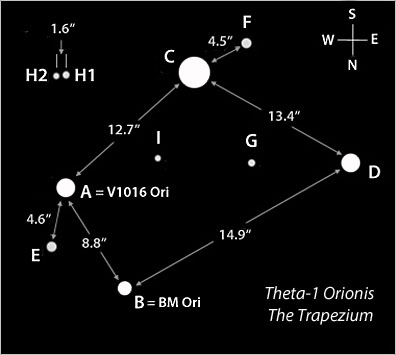October 2020 will have two full moons this year, the first being the Harvest Moon at the start of the month on 1 October and the second on Halloween, 31 October. When this occurs, the second full moon is known as a 'Blue Moon' (nothing to do with its colour) and also 'Blood Mood', 'Sanguine Moon' or a 'Hunters Moon' - but more on than later, when it actually occurs. For now, these names are all down to local folklore from various countries.
Along with the first Full Moon, Mars will be close to it as it gradually reaches opposition and so the aim here was to try and get the conjunction of Mars and the Moon in a single shot. The weather was generally poor with a lot of cloud, but this actually helped in achieving an exposure which balanced out the Moon's brightness with Mars in the same frame.
I also tried a few shots of just the moon, but the cloud cover really didn't help the detail here.
I tried processing my shots in various ways, but none of them are really that successful.

























